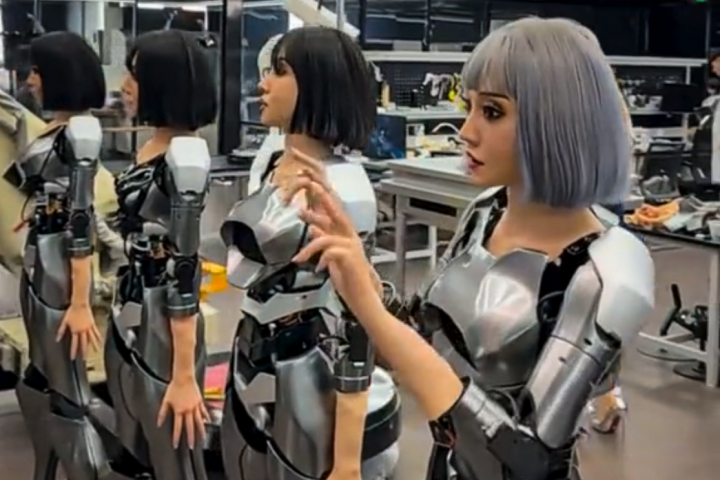Rolls-Royce this week unveiled the world's first jet engine to be made entirely out of LEGO bricks. Farnborough Airshow was the selected venue for the unveiling of the model, which is made entirely from 152,455 standard LEGO bricks and parts, making it, Rolls-Royce claims, "one of the most complex LEGO structures ever built." The LEGO engine is a half-size replica (complete with moving parts) of the Rolls-Royce Trent 1000 turbofan jet engine which keeps Boeing's 787 Dreamliner in the sky. Naturally, we at Gizmag jumped at the opportunity to stick our noses (and camera lenses) in.
Though obviously not a functioning jet engine, the model nevertheless has all the moving parts to reflect the Trent 1000's functioning. The model weighs in at 307 kg (677 pounds), is 2 meters (6.6 feet) in length and 1.5 meters (4.9 feet) across.
The engine took a team of four people eight weeks to complete, and in some respects its construction reflects the manufacture of an actual Trent 1000. More than 160 separate engine components were individually built, which were then assembled to create the engine model as a whole. Though we're assured standard parts were used throughout, there appears to be some debate about the flame tube, for which the flame may or may not have been "salvaged" from a dragon toy set. We'll let them off.
The goal in building the model is to engage young people in science, technology engineering and mathematics. In that respect it's appropriate that the engine was designed largely by graduates and apprentices at Rolls-Royce. Having designed the engine, the team passed their plans to LEGO construction specialists, Bright Bricks, who set about building it.

Thankfully, the LEGO model is rather quieter than the real thing: a 9-foot (2.7-meter) wide monster with 66 turbine blades spinning at 13,5000 rpm, generating 800 horsepower each, and, at take-off, pulling in 1.25 tonnes (1.38 tons) of air every second. Despite the presence of a full-size Trent 1000 in the main halls, everyone at Rolls-Royce Gizmag spoke to said something to the effect of "yes, but have you seen the LEGO one?" - and having found it, we can see why.
The LEGO jet engine is on display at Rolls-Royce's stand in the Innovation Zone at Farnborough International Airshow.
Source: Rolls-Royce























